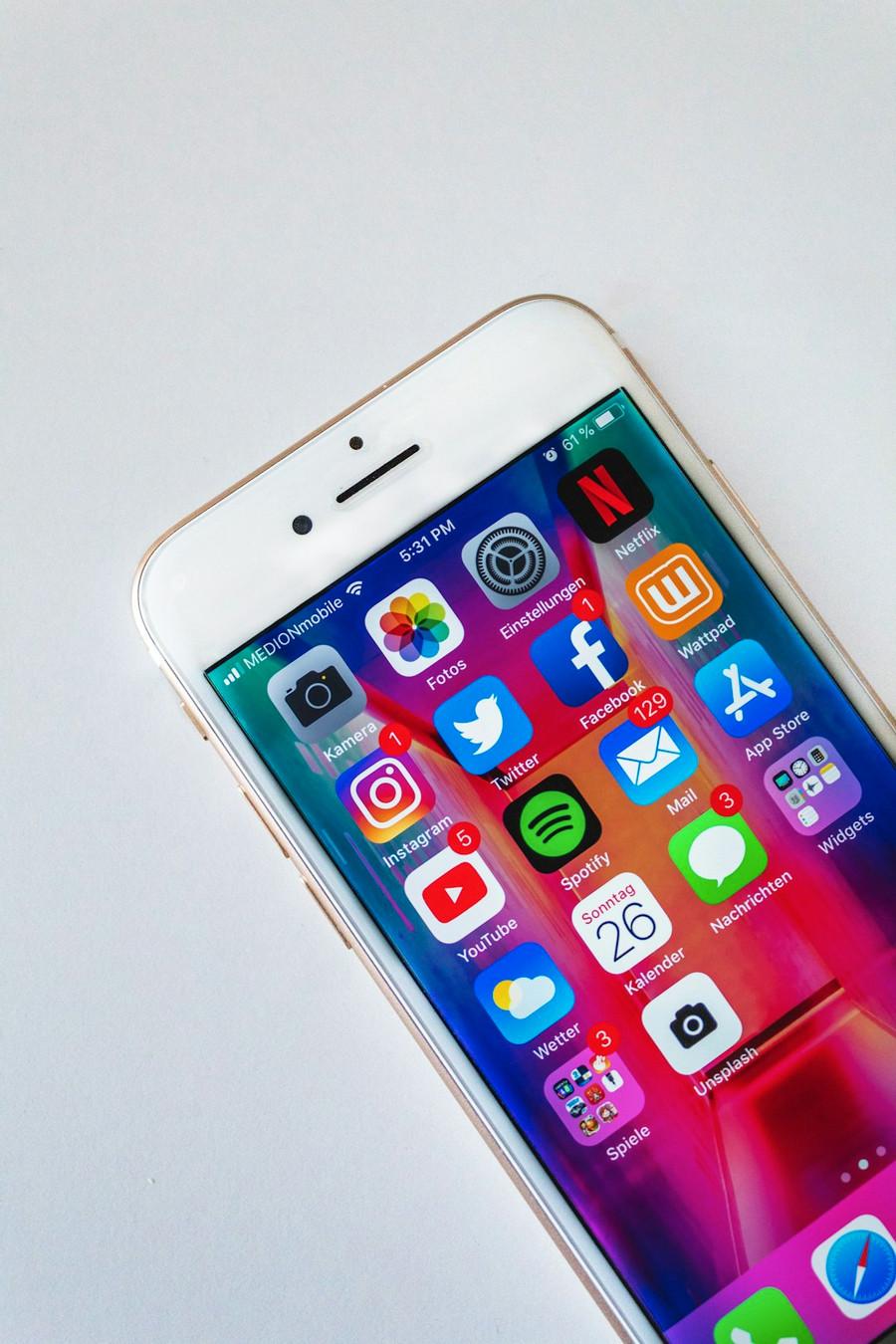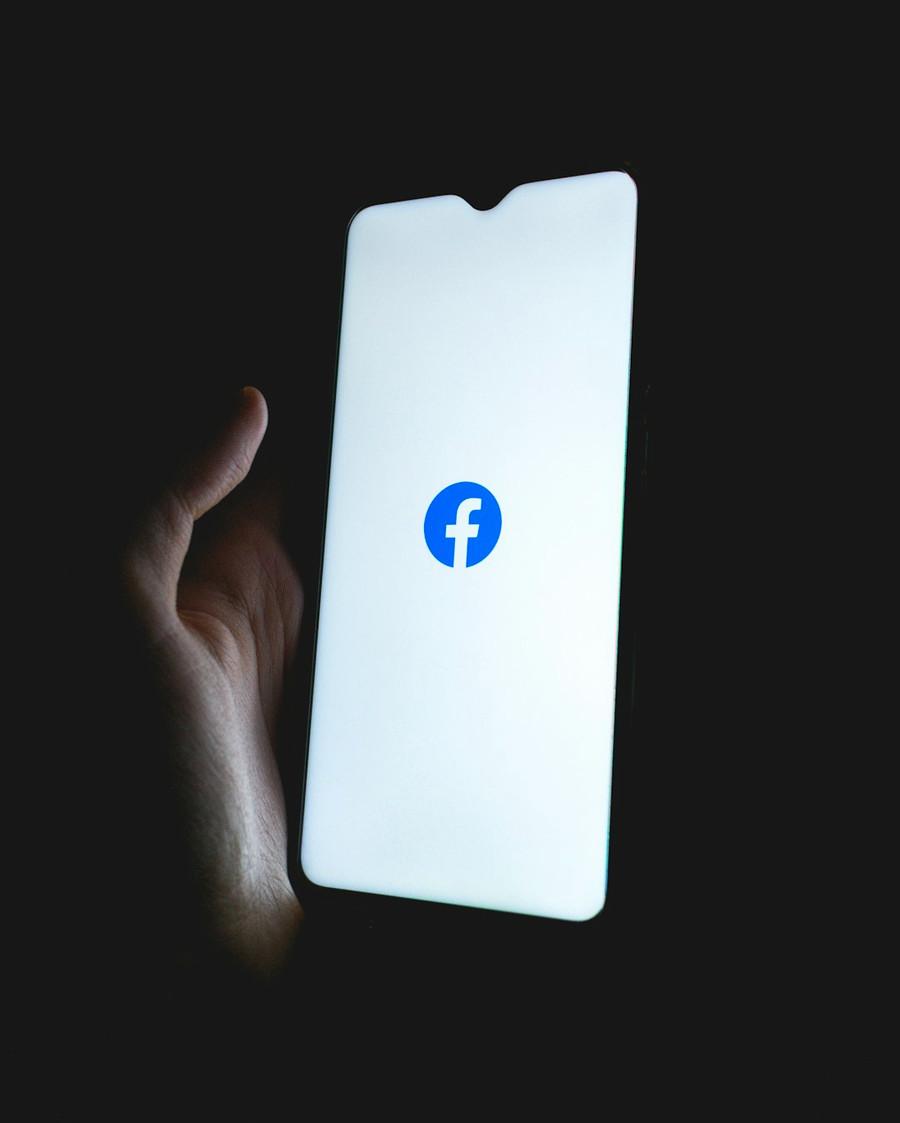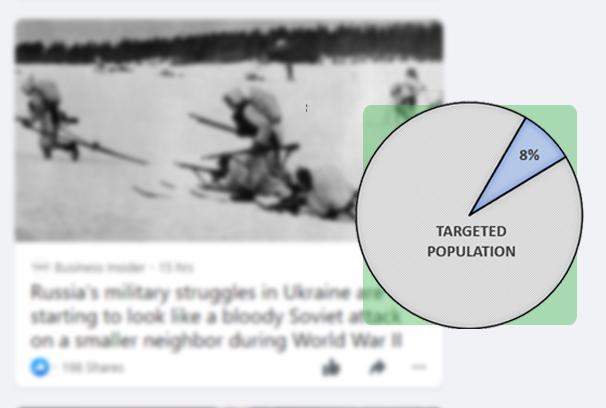The problem with social media is not content but its distortion of reality
Curated from: bigthink.com
Ideas, facts & insights covering these topics:
11 ideas
·709 reads
3
Explore the World's Best Ideas
Join today and uncover 100+ curated journeys from 50+ topics. Unlock access to our mobile app with extensive features.
Selective Content To Create A Distortion Field
The misinformation and disinformation propagated by social media create a chain reaction of harm, acting as a force multiplier for exacerbating our worst problems as a society.
Focusing on content alone distracts from the core problem of social media.
Social media reduces belief in science and medicine, weakens trust in longstanding institutions, drives acceptance of ridiculous conspiracy theories, and damages faith in democracy. But you will find the same hate, the same disinformation throughout history.
Offensive and divisive content has always existed.
11
101 reads
Software Is Like A Knife
Software systems can amplify human abilities and enhance human intelligence. Social media does the opposite. It distorts our collective intelligence and degrades our ability to make good decisions about our future. It does this by bending our perceptions of the public sphere.
9
92 reads
Building Mental Models
We humans are decision-making machines. We spend our lives capturing and storing information about our world and using that information to build detailed mental models. We start from the moment we are born.
We sense and explore our surroundings, and we test and model our experiences. We keep building these models until we can accurately predict how our own actions, and the actions of others, will impact our future.
Social media changes what it means to perceive our world and generalize our experiences. This distortion drives each of us to make significant errors when we build mental models.
10
73 reads
Social Media and The Public Sphere
The arena in which individuals come together to share issues of importance, exchanging opinions through discussion and deliberation. It is within the public sphere that society develops an understanding of ourselves — our collective wisdom.
The public sphere of course does not represent a singular view. It encompasses the whole spectrum of views, spanning a range of cultural and political perspectives from mainstream to fringe. That spectrum represents our common reality.
9
65 reads
A Distorted Mind
Social media has distorted the public sphere beyond recognition. Each of us now has a deeply flawed mental model of our own communities. This damages our collective wisdom, but it is not the content itself that is most responsible. We must instead blame the machinery of distribution.
9
65 reads
A Dangerous Middleman
Social media has inserted itself between each of us and our daily experiences, moderating and manipulating the information we receive about our society.
Platforms do this by profiling us over time and using those profiles to target us with selective content - custom curated news, ads, and posts that do not represent our society as a whole.
9
52 reads
False Reality Becomes Fact
- The warped public sphere we each inhabit is not random. It is custom-curated to target us with information that will most likely resonate.
- This dynamic amplifies extreme perspectives and drives polarization, but even worse, it destroys our collective wisdom as a society.
9
61 reads
The Algorithm Is The Enemy
The biggest problem with social media is not the content itself, but the machinery of targeted distribution.
To fix this, we have two options: ban profiling and targeting practices or make the strings visible so we know when we are experiencing distorted views of our world.
9
49 reads
Making Strings Visible
We can make the strings visible without disrupting business models, but we need to do it in an aggressive way. For example, we could require that every piece of content on social media be clearly labelled in ways that allow us to understand how it fits into the public sphere.
Is it shared among large segments of the population? Or is it fringe content that is targeted and shared among very narrow groups?
Providing such context would help restore our understanding of the public sphere.
9
46 reads
Banning Of Profiling
An outright ban on profiling and targeting would help restore the public sphere to a far less distorted representation of society. Unfortunately, the economy of social media is built on profiling and targeting. These practices form the core of most platforms’ advertising models. As such, major technology corporations would vigorously fight such restrictions.
9
51 reads
Building A Transparent Mechanism
Currently platforms like Facebook and Twitter allow users to see primitive targeting information about advertisements. To find this information, users need to click multiple times, which they will rarely do.
We should push for transparency in targeting. This means requiring platforms to clearly disclose the demographic characteristics of the exposed population when targeting us with any piece of content that is not distributed broadly.
9
54 reads
IDEAS CURATED BY
CURATOR'S NOTE
It's not the content, but selective distribution that is the problem.
“
Ronald Taylor's ideas are part of this journey:
Learn more about artsandculture with this collection
The historical significance of urban centers
The impact of cultural and technological advances
The role of urban centers in shaping society
Related collections
Similar ideas
3 ideas
4 ideas
Problems posed by social media models and suggested solutions
mitsloan.mit.edu
7 ideas
Algorithms, lies, and social media
niemanlab.org
Read & Learn
20x Faster
without
deepstash
with
deepstash
with
deepstash
Personalized microlearning
—
100+ Learning Journeys
—
Access to 200,000+ ideas
—
Access to the mobile app
—
Unlimited idea saving
—
—
Unlimited history
—
—
Unlimited listening to ideas
—
—
Downloading & offline access
—
—
Supercharge your mind with one idea per day
Enter your email and spend 1 minute every day to learn something new.
I agree to receive email updates










